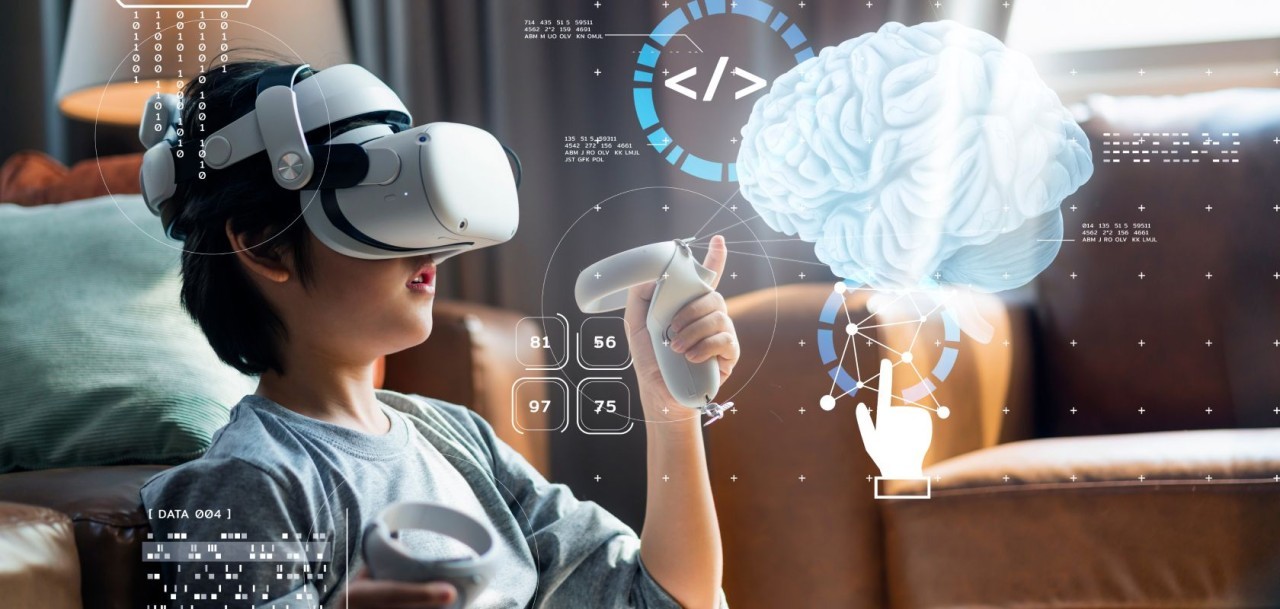With the highly anticipated Apple VR set to debut in early 2024, the world may be on the brink of a revolutionary new wave of Virtual Reality. This cutting-edge technology promises to transform how we interact with the world around us, potentially substituting our beloved smartphones. The question remains: will this new VR era live up to the hype? Only time will tell.
In this article, we will explore the evolution of VR and AR, their diverse applications in industries and how they are reshaping our world. Additionally, we will highlight Dubai’s ambitious Metaverse Strategy, showcasing its visionary approach to immersive technologies.
VR or AR? What’s the difference?
AR
Augmented Reality is an innovative technology that blends the real world with digital enhancements. Using a device’s camera overlays virtual elements onto the physical environment. For instance, through an AR app on your smartphone, you can see real-time information, navigation instructions, or historical facts superimposed on your surroundings. An example of popular AR use is the game Pokemon Go.
VR
Virtual Reality immerses users in computer-generated worlds, providing a captivating experience. Through head-mounted displays or VR goggles, users are transported to fully simulated environments, shutting out the real world’s visuals and sounds. Within these virtual realms, users can freely explore, interact, and move in three dimensions. Gaming and entertainment industries extensively use this technology.
Dive into the past
Virtual Reality has a fascinating history dating back to the 1950s. Morton Heilig’s “Experience Theatre” concept led to the creation of the Sensorama in 1962, offering a multi-sensory experience. Ivan Sutherland’s Sword of Damocles 1968 was the first head-mounted display for immersive simulation.
During the 1970s-1990s, VR found applications in the medical, military, and design industries. Jaron Lanier popularised the term “virtual reality” through VPL Research. In the 1990s, VR gained commercial traction with releases like Sega VR and Virtuality.
In the 2000s, VR faced a lull, but Valve’s low-persistence displays in 2013 sparked renewed interest. Palmer Luckey’s Oculus Rift prototype in 2010 revitalised VR. Companies like HTC, Sony, and Google entered the market.
In recent years, we witnessed remarkable advancements in immersive technologies. Notable highlights include the introduction of Oculus Rift S, Oculus Quest, Valve Index, and PlayStation VR2. Additionally, Apple presented the groundbreaking Apple Vision Pro, which combined both augmented and virtual reality capabilities.








